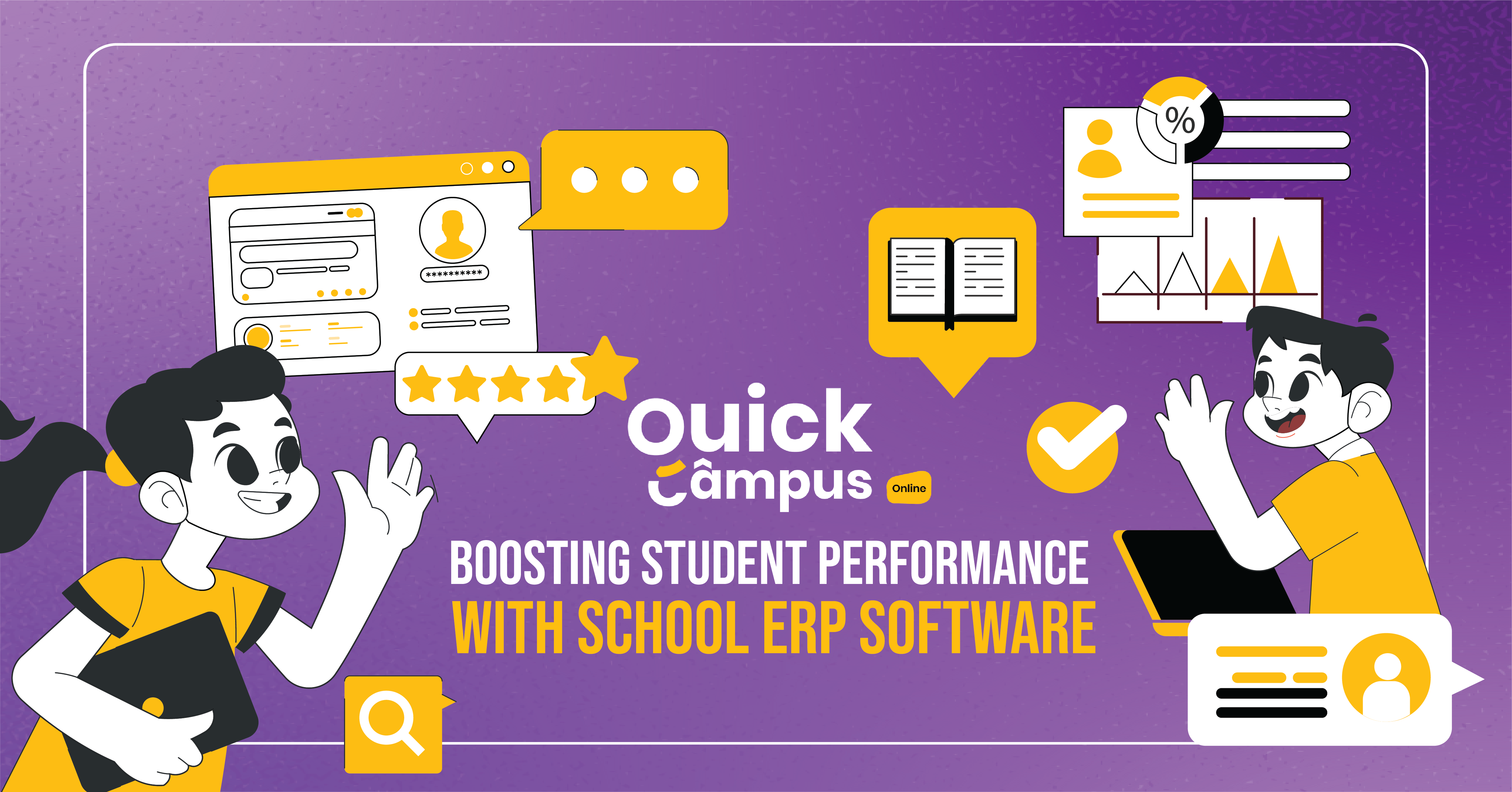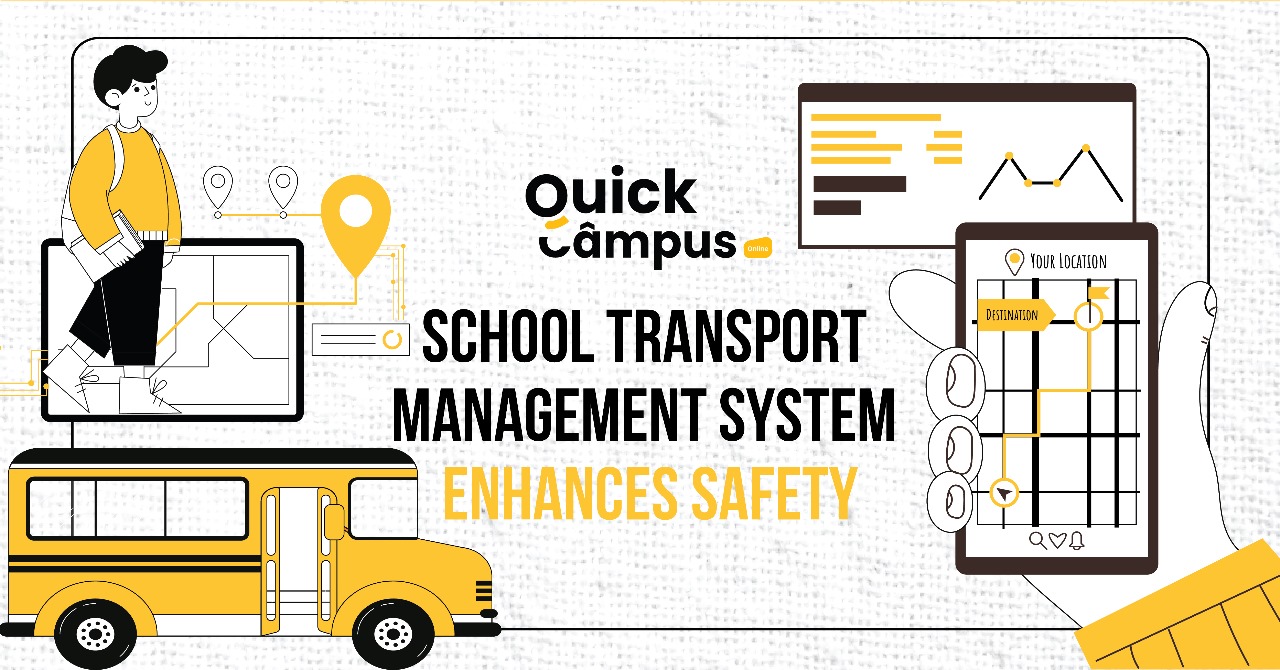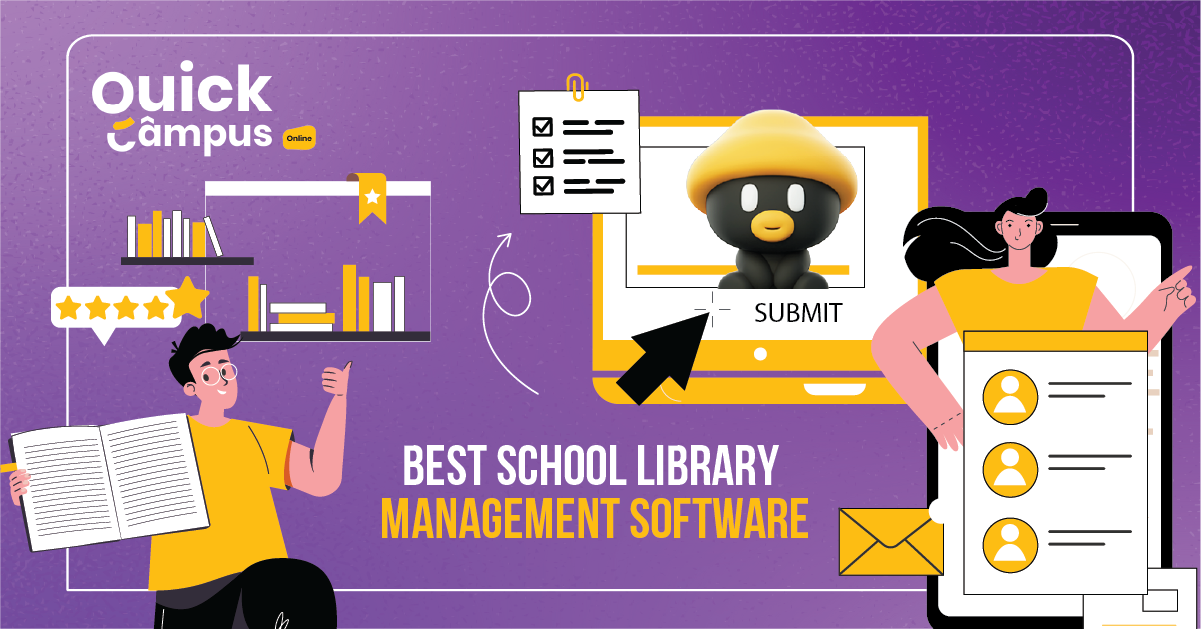Barriers Of Inclusive Education
Inclusive education is very important because it gives value to all students. It accepts all students, no matter how different they are in intellectual skills, physical appearance, name, values, culture, background, etc. It ensures that all children get the same amount of opportunity to develop. It also ensures that learners with disability receive equal and quality education to their non-disabled peers in the general classroom.
Challenges Or Barriers In Inclusive Education
There are many challenges to achieving inclusive education. Let’s know these challenges in more detail:
1. Lack Of Accessibility
It is one of the main challenges in inclusive education. Schools do not have proper facilities that fulfill the essential needs of the students. Mostly, we have seen that disabled children face many difficulties in schools.
They are unable to access basic needs like transportation facilities, medical aid, special equipment, etc., which leads to a feeling of frustration.
2. Attitudinal Barriers
The traditional mindset of society is also an obstacle to inclusive education. There is a general perception that educating disabled children is futile. They cannot contribute much to society and the nation.
Children with disabilities should not accommodated in mainstream schools. It hinders the education of normal children.
3. Inadequate Support System
Inadequate resources such as trained staff, digital textbooks, Unique teaching materials, and assistive technology create gaps in providing support to students with different educational needs.
The limited availability of trained persons such as special education teachers and therapists hinders the implementation of individual support plans.
4. Discriminatory Practices
As we all know, prejudice and discrimination against children with disabilities are still observed. Children often experience discrimination in everyday life that extends to teachers and family. Teachers have also been seen as discriminating against students with disabilities. As a result, it has become more difficult for inclusive education to be successful.
5. Financial Constraints
Financial shortages and unorganized budget-making in schools and educational institutions lead to the inability to implement inclusive education policies and programs. It also hinders efforts to address the diverse needs of students.
Uneven distribution of resource processing and inadequate investment in inclusive practices disproportionately impact communities.
6. Curriculum Barriers
Unprepared curriculum emerges as another big hurdle in the success of inclusive education. Such characteristics of curriculum include inflexibility, lack of differentiation, and the use of outdated teaching methods. This kind of curriculum does not take into account the diverse needs and interests of the children, including their varying learning styles and paces. As a result, it does not allow students to discover their abilities and strengths or engage with the material in a meaningful way.
7. Limited Parental Involvement
Barriers to parental involvement – lack of awareness of the language and negative experiences with the education system hinder effective collaboration among educators.
Inadequate parent communication of students with disabilities hinders their ability to advocate for their children’s needs and rights.
8. Cultural And Linguistic Barriers
Schools do not understand or respect different cultures, which leads to language barriers or communication difficulties. So students from different cultural and language backgrounds find it difficult to engage in inclusive education.
Students from different cultures and languages often feel left out because there aren’t enough resources to understand their backgrounds, services that help them in their languages, or teachers who are good at explaining culturally responsive importance to students.
Conclusion
To overcome these challenges, we need changes on a large scale. It means proper school management software that updates regulations, improving systems, trains teachers well, involves communities, and provides resources of our own. If we can do this, we can create schools where everyone feels valued, supported, and encouraged to succeed.












